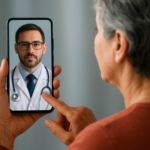How Much Does It Cost to Develop a Telemedicine App?
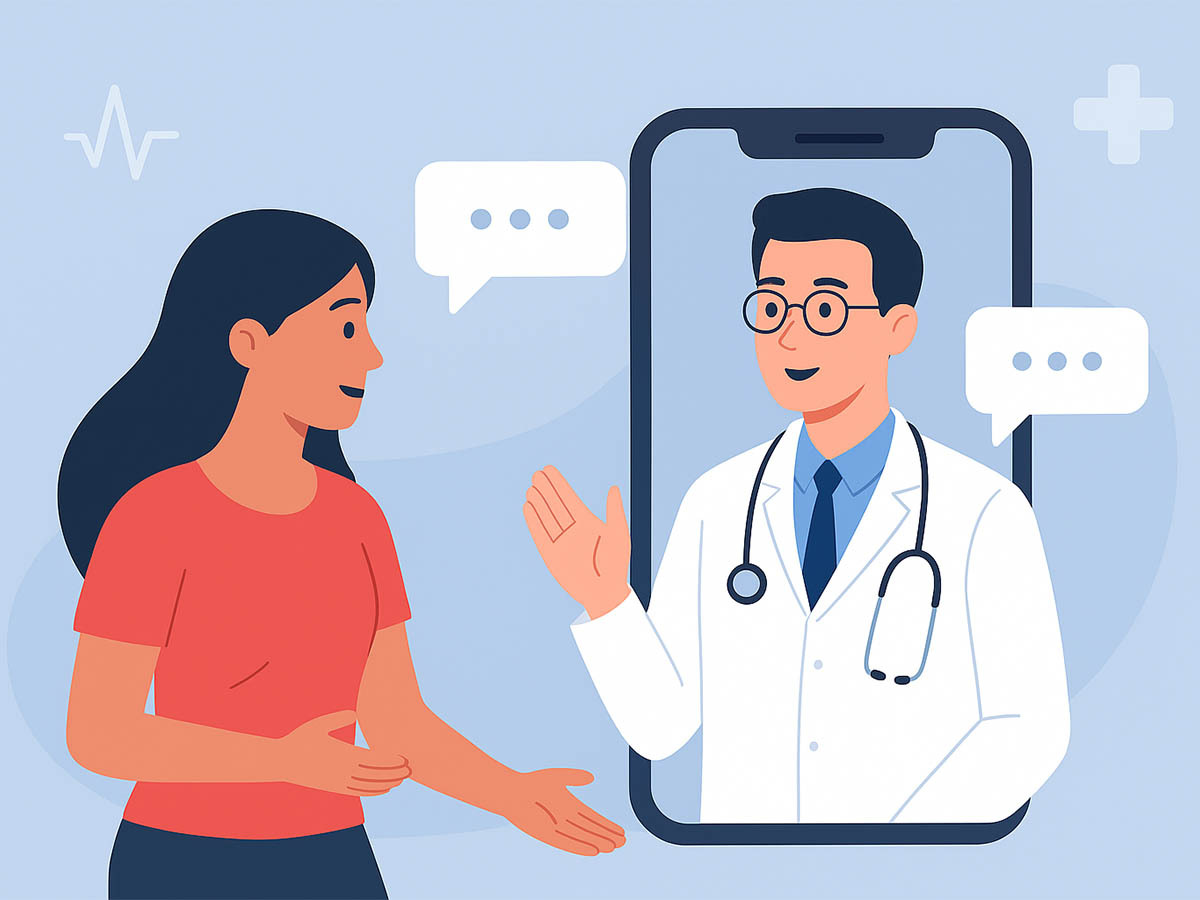
-
Ankit Patel
- October 03, 2025
- 7 min read
A decade ago, seeing a doctor meant hours in a waiting room, piles of paperwork, and endless phone calls. For millions of people in rural areas, even basic medical care was a luxury. Patients had to travel long distances, lose work hours, and hope that their medical history was accurate and available.
Today, healthcare looks completely different. Telemedicine apps are no longer a convenience—they are a lifeline. In 2023, over 60% of U.S. patients used telehealth services at least once, and the global telehealth market is expected to reach $380.33 billion by 2030. Doctors connect with patients instantly, prescriptions are digital, and wearable devices track vital signs in real time. What once took days now takes minutes.
This transformation didn’t happen by chance. Patients demand faster, smarter, and more personalized care. Providers need to reach more patients efficiently while reducing costs. Telemedicine apps solve both problems, creating a bridge between patient expectations and provider capabilities.
And this is only the beginning. AI will predict illnesses before symptoms appear. Wearables will monitor health 24/7. Voice-enabled platforms and multilingual support will make care accessible globally. Telemedicine is shifting from reactive care to predictive, proactive, and patient-centered healthcare.
If you’re thinking of building a telemedicine app, a simple “video call feature” is not enough. To succeed, you need a platform that understands modern healthcare, integrates seamlessly with devices, and delivers a flawless user experience.
The era of instant, digital healthcare is here, and telemedicine apps are leading the charge. To understand why they are so important and how they are transforming healthcare, let’s start from the very beginning: what a telemedicine app really is.
◉ What Is a Telemedicine App?
A telemedicine app is a digital platform that connects patients and healthcare providers remotely, allowing medical care without the need for physical visits. These apps make healthcare more accessible, convenient, and faster, especially for people who live in rural areas or have limited mobility.
Modern telemedicine apps do much more than simple video calls. They often include features such as appointment scheduling, secure patient records, instant messaging, e-prescriptions, and follow-up reminders. Some advanced apps even integrate with wearable devices to monitor vital signs like heart rate, blood pressure, or blood sugar levels in real time.
The main goal of a telemedicine app is to remove barriers in healthcare delivery. For patients, this means consulting a doctor from home, avoiding long travel, and getting timely prescriptions. For healthcare providers, it means managing more patients efficiently, reducing operational costs, and improving the quality of care through data-driven insights.
◉ The Rise of Telemedicine Apps: A Booming Market
Telemedicine has evolved from a niche service to a global healthcare revolution. What once meant long waits and travel for a doctor’s visit is now accessible in minutes from your smartphone.
- Today, nearly 8 out of 10 people have turned to telemedicine at least once, making digital healthcare an integral part of modern life.
- The global telehealth market was valued at $123.26 billion in 2024, projected to reach $455.27 billion by 2030.
- 116 million+ users worldwide engaged with telehealth services in 2024.
- Asia Pacific is expected to lead regional growth with a 27.5% CAGR.
- The AI in the telehealth & telemedicine market is projected to reach $27.14 billion by 2030.
- North America accounted for 54% of the global telehealth market share in 2024.
- India’s telemedicine market generated $4,042.1 million in 2023 and is expected to reach $15,114.5 million by 2030, growing at a CAGR of 20.7%.
- The Middle East and Africa telehealth market was valued at $4.51 billion in 2024 and is expected to reach $18.05 billion by 2030, growing at a CAGR of 26.8%.
- The UAE telemedicine market was valued at $0.43 billion in 2023, projected to reach $1.21 billion by 2029, at a CAGR of 19.25%.
- Israel is expected to register the highest CAGR in the Middle East from 2024 to 2030.
- Altibbi, a leading Arabic-language telehealth platform, raised $44 million in 2022 to expand its services in Saudi Arabia and Egypt.
These numbers clearly show the immense growth and global demand for telemedicine. Telemedicine apps are no longer optional—they are redefining healthcare delivery, making it faster, smarter, and more accessible across countries. Developing a telemedicine app today isn’t just an opportunity—it’s a chance to tap into a booming market, meet the rising patient expectations, and lead the future of digital healthcare.
◉ Benefits of Telemedicine Apps
- Instant Access to Care: Patients can reach doctors anytime, anywhere—turning long waits and travel into immediate care.
- Seamless Healthcare Experience: Digital prescriptions, follow-ups, and health records make every interaction smooth and stress-free.
- Expand Your Impact: Deliver quality care to underserved or remote populations, changing lives where it matters most.
- Boost Efficiency: Doctors and hospitals manage more patients without extra effort, improving care while optimizing resources.
- Smarter Decisions with Data: Real-time monitoring and AI insights enable faster, more accurate medical decisions.
- Proactive Patient Care: Support preventive care, chronic disease management, and mental health services continuously.
- Cost-Effective Solutions: Reduce unnecessary visits, save money for patients and providers, and make healthcare accessible to all.
Read also: Cost Estimation For Doctor Appointment Booking App Like ZocDoc
◉ Must-Have Features of a Telemedicine App
The success of a telemedicine app depends on the features it offers. The right combination not only delivers exceptional patient care but also positions your app as a market leader in digital healthcare.
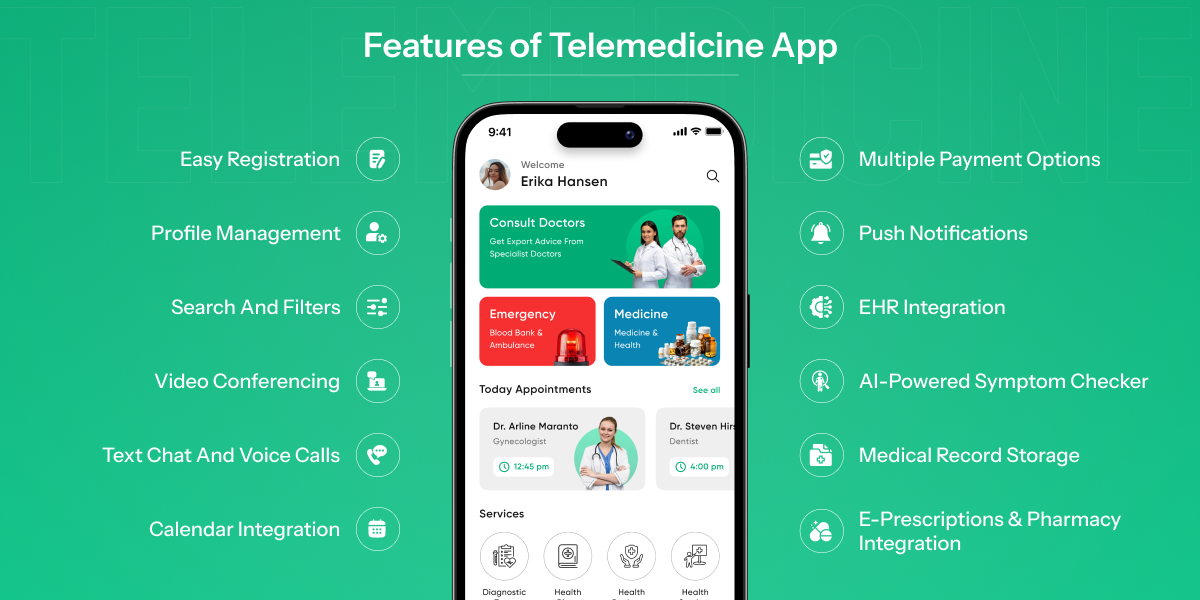
1. Easy Registration
Patients and doctors should be able to sign up quickly and securely using email, phone, or social login. Verification ensures authenticity and builds trust from the very first interaction.
2. Profile Management
Users need detailed profiles. Patients can store medical history, allergies, and past visits, while doctors can showcase their specialties, experience, and credentials, helping patients choose the right care.
3. Search and Filters
A smart search with filters lets patients find the right doctor quickly based on specialty, ratings, availability, and language preferences. It makes the app intuitive and saves time.
4. Video Conferencing
High-quality video consultations are the heart of telemedicine. Smooth audio and video with low latency lets patients and doctors connect as if they were in the same room.
5. Text Chat and Voice Calls
Secure messaging and voice calls allow follow-ups, quick questions, or urgent advice without scheduling a full video call, keeping communication flexible and convenient.
6. Calendar Integration
Built-in scheduling with reminders and device calendar sync reduces missed appointments and helps both doctors and patients stay organized.
7. Multiple Payment Options
Support for cards, wallets, UPI, or subscription plans makes transactions easy and secure, improving user experience and revenue collection.
8. Push Notifications
Reminders for appointments, prescription refills, lab results, and health tips keep users engaged and ensure they don’t miss important care.
9. Multi-Language Support
Offering multiple languages and regional dialects expands your reach and makes healthcare accessible to diverse populations.
10. EHR Integration
Integrating Electronic Health Records gives doctors instant access to patient history, lab results, and previous treatments, enabling faster and more accurate care.
11. AI-Powered Symptom Checker
AI tools help patients assess symptoms before consultations and assist doctors in prioritizing cases, making the process faster and more efficient.
12. Medical Record Storage
Cloud-based storage keeps patient records, prescriptions, and consultation notes safe and easy to retrieve, ensuring continuity of care.
13. E-Prescriptions and Pharmacy Integration
Digital prescriptions can connect directly with pharmacies for quick fulfillment and home delivery, saving time and improving convenience for patients.
Read also: Doctor On-Demand: How AI Is Transforming Virtual Healthcare
◉ How Much Does Telemedicine App Development Cost?
Building a telemedicine app is not a simple task. The cost depends on what kind of app you want, the features it includes, the platforms it will run on, and how much you plan to scale.
If you are looking for an exact number, the truth is—it depends. Every app is different, and the cost changes based on complexity and functionality.
For a basic MVP with essential features like user registration, profiles, appointment scheduling, and video calls, the cost usually starts around $20,000.
A fully-featured, HIPAA-compliant app with advanced tools like AI-powered symptom checkers, wearable device integration, multi-platform support, and pharmacy or insurance connections can go beyond $200,000.
It’s not just about coding. You are building a digital healthcare product that must work smoothly, be easy to use, keep data secure, and meet healthcare regulations all at once.

◉ Factors Affecting Telemedicine App Development Cost
The cost of developing a telemedicine app can vary greatly depending on several key factors. Understanding these from the start is critical—it helps you plan your budget, make smarter decisions, and avoid unexpected surprises while building a digital healthcare solution that truly delivers value. Below are the factors that affect the overall cost.
- Features and Functionality
- Platform Choice (iOS, Android, or both)
- App Design
- Third-Party Integrations
- Technology Stack
- Security and Compliance
- Location of the company you choose
To get a precise estimate, consult an experienced healthcare app development company. They can guide your decisions, ensure compliance, and help create a secure, user-friendly HIPAA compliance app that truly makes an impact.
◉ How to Develop a Telemedicine App: Step-by-Step Guide
Building a telemedicine app might feel overwhelming at first, but breaking it down into clear steps makes the process manageable and ensures success. Here’s how you can approach it:
1. Define Your Idea and Target Audience
Start by understanding the problem you want to solve. Are you targeting general patients, specialists, or rural areas with limited healthcare access? Knowing your audience helps shape features and the app’s overall design.
2. Research the Market and Competitors
Analyze existing telemedicine apps to see what works and what doesn’t. Identify gaps in features, user experience, or service delivery that your app can address.
3. Choose the Right Features
Decide on essential features like video consultations, appointment booking, e-prescriptions, AI symptom checkers, and multi-language support. Prioritize features for your MVP to keep development cost-effective.
4. Select the Platform and Technology Stack
Choose whether to build for iOS, Android, or both. Pick a technology stack that supports scalability, security, and seamless integration with healthcare systems like EHRs.
5. Design the User Experience
A simple, intuitive, and visually appealing design is key. Patients and doctors should navigate the app effortlessly, and the onboarding process should be smooth.
6. Develop the App
Work with an experienced development team to bring your app to life. Follow best practices for coding, testing, and integrating third-party services like payment gateways or pharmacies.
7. Test Rigorously
Thorough testing ensures the app is reliable, secure, and user-friendly. Include beta testing with real users to gather feedback and make improvements before launch.
8. Launch and Monitor
Deploy the app and monitor performance, user engagement, and technical issues. Continuously gather feedback to enhance features and ensure the app meets evolving healthcare needs.
9. Maintain and Update
Telemedicine apps require ongoing maintenance, updates, and compliance checks. Regular updates improve security, performance, and user satisfaction.
Following these steps carefully allows you to build a secure, efficient, and user-friendly telemedicine app that meets both patient and provider needs while staying on budget.

◉ How Telemedicine Apps Make Money
Telemedicine apps are not just about connecting patients with doctors—they’re also a growing business opportunity. There are several ways these apps generate revenue while providing value to users:
- Subscription Plans: Many apps offer monthly or yearly subscriptions for patients or healthcare providers, giving access to premium features, unlimited consultations, or priority booking.
- Pay-Per-Consultation: Charging patients for individual consultations is a common model, especially for apps offering on-demand doctor access.
- Commission from Doctors or Clinics: Some apps take a small commission or service fee from healthcare providers for every appointment booked through the platform.
- Pharmacy and Lab Integrations: Revenue can also come from partnerships with pharmacies, diagnostic labs, or other healthcare services integrated into the app.
- Advertising and Sponsorships: Carefully selected ads or sponsored content related to health and wellness can provide an additional income stream without affecting user experience.
By combining these monetization strategies thoughtfully, telemedicine apps can create a sustainable business model while improving patient access and delivering quality healthcare.
◉ Wrapping up
The world of healthcare is changing, and digital solutions are at the heart of that transformation. Success doesn’t come from building an app—it comes from creating something meaningful that people rely on, trust, and benefit from every day. With careful planning, the right team, and a focus on solving real problems, a telemedicine app can become more than a product—it can be a lasting force that shapes the future of healthcare.
You may also like
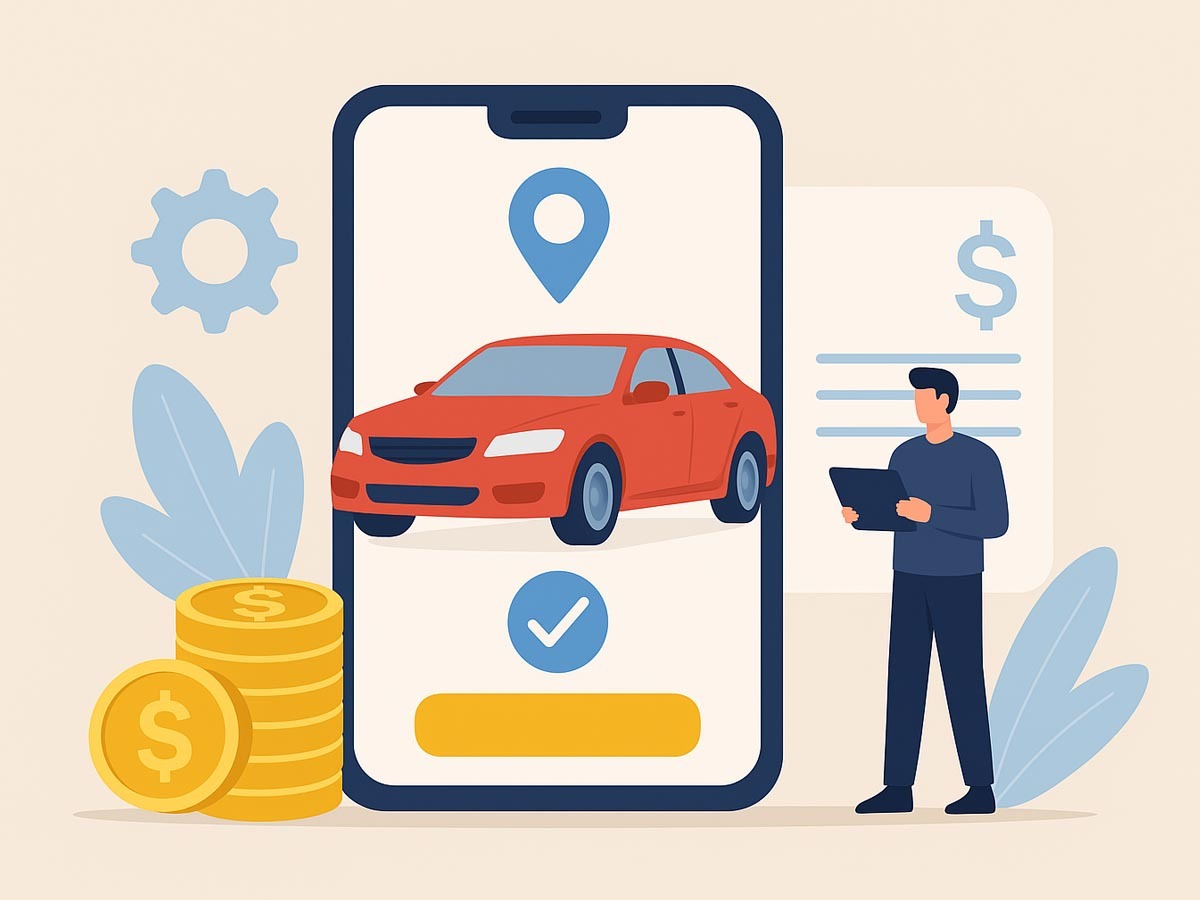
How Much Does It Cost to Build a Car Rental App Like Turo?
-
Ankit Patel
The car rental market has changed rapidly over the past few years. What used to be a traditional service dominated by large rental companies has now shifted toward digital, convenient, and highly accessible on-demand solutions. Today, platforms like Turo have opened the doors for peer-to-peer rentals, giving users the freedom to book cars anytime, anywhere…. Read More
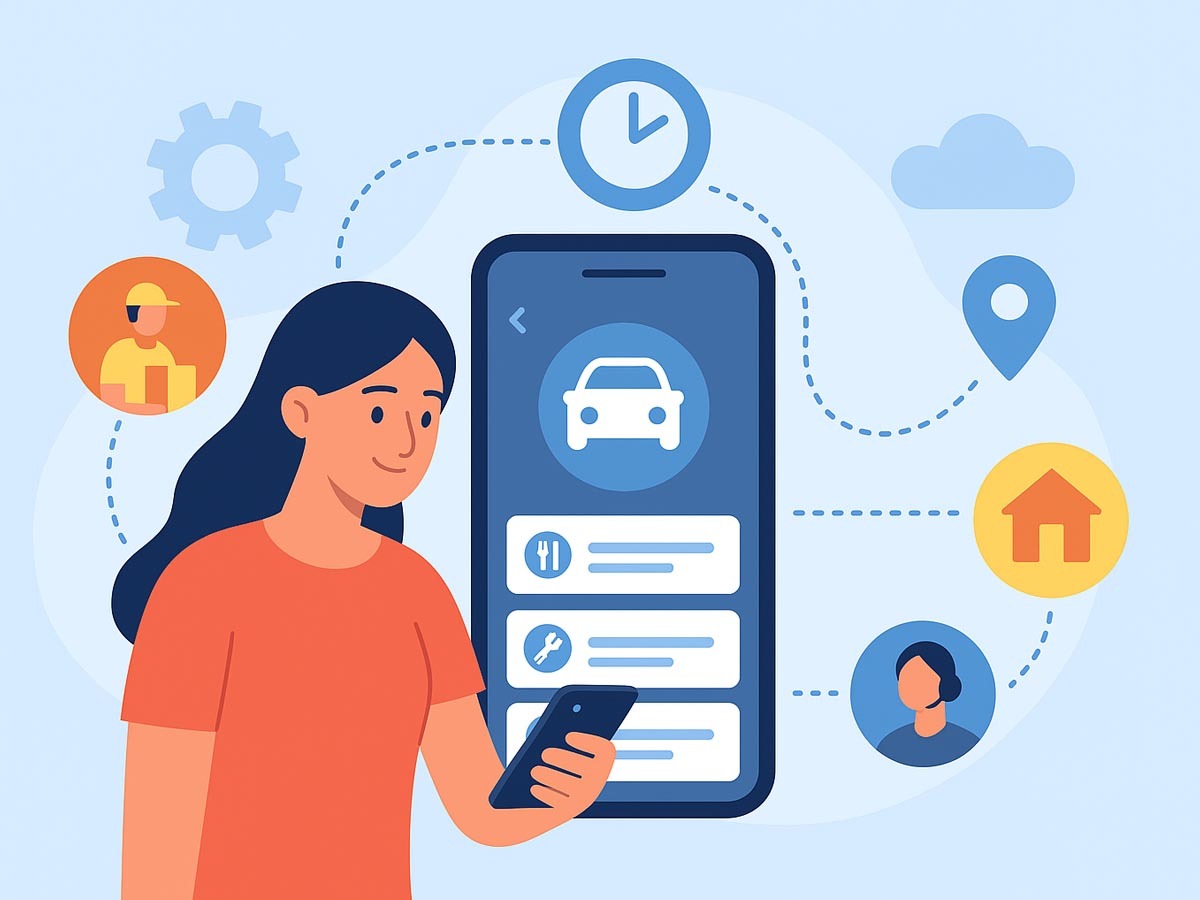
How Multi-Agent AI Systems Are Powering On-Demand Apps
-
Ankit Patel
One AI agent can answer a question. But can it handle the chaos of real-time demand, delivery delays, balance supply, and customer feedback—all happening at once? That’s the challenge behind most on-demand apps today. A single model can automate a process, but it often can’t reason across multiple workflows or adapt to fast-changing conditions. As… Read More
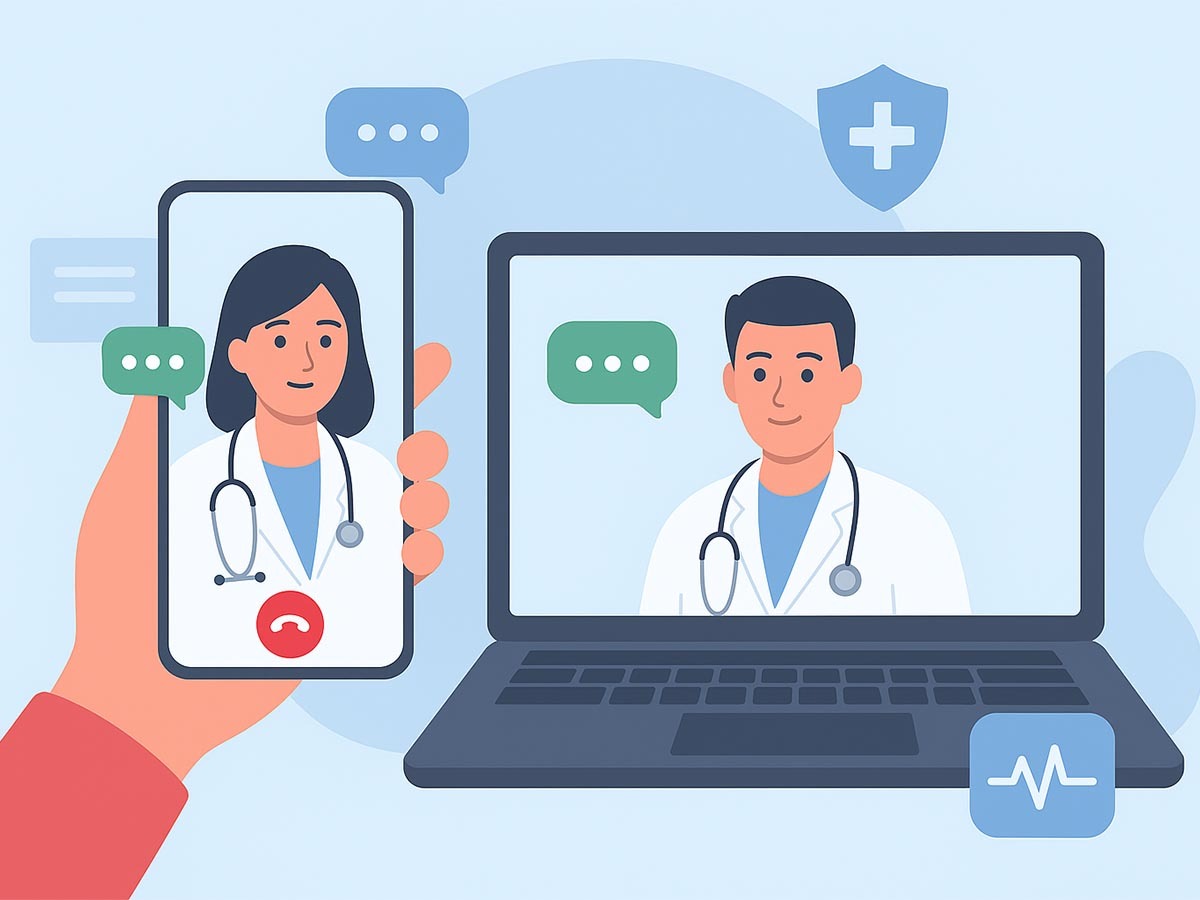
How Much Does It Cost to Build an App Like Teladoc?
-
Ankit Patel
The world of healthcare is changing faster than ever. Patients no longer want to wait in long lines or travel miles just to meet a doctor. They want quick, remote access to trusted healthcare services — and that’s exactly what Teladoc offers. Apps like Teladoc have made it possible to consult doctors from the comfort… Read More





